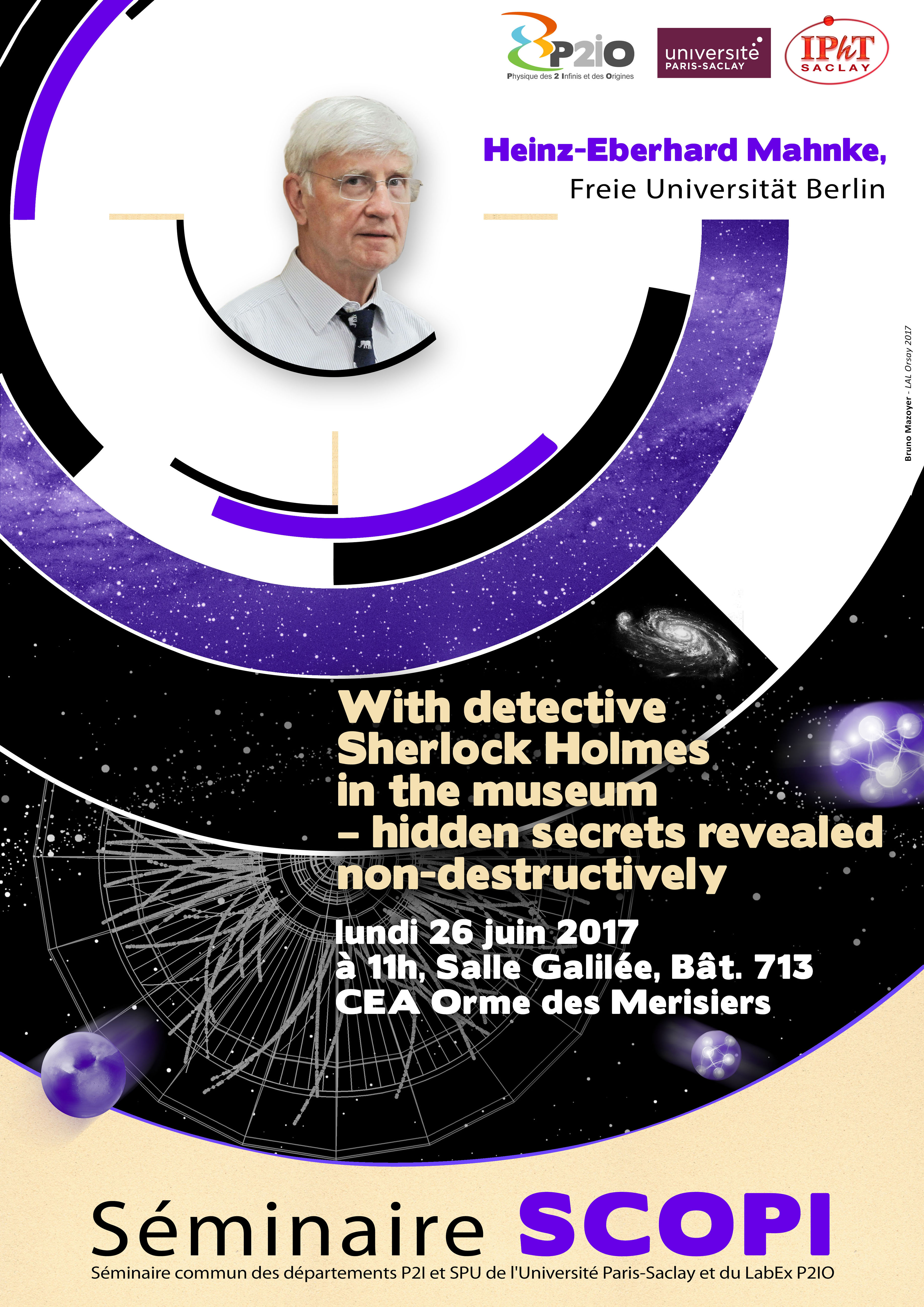With detective Sherlock Holmes in the museum – hidden secrets revealed nondestructively
When we see a piece of art or an archaeological object for the first time, a painting, a jewel, a sculpture or merely a simple piece of pottery on display in a museum or in an exhibition, we might be fascinated by its beauty or by its simplicity. The objects on display (or in the museum’s magazine), were typically found in official excavations undertaken by archaeologists. But sometimes, archaeological objects (or paintings) come up on the black market offered to museums, art galleries etc.Questions arise about its origin, its context, its provenience, its authenticity. Finding complete answers is a fully interdisciplinary task between art, humanities and natural sciences. Concerning the contribution from natural science, it often needs the application of just the best methods and techniques out of a multitude of possible options, starting from simply viewing with or without a magnifying glass up to highly sophisticated and advanced techniques developed in atomic physics, nuclear chemistry, and even bio physics. This will be illustrated by discussing examples (e.g. paintings, gold finds, manuscripts) which have recently attracted public interest.
Heinz-Eberhard Mahnke (Freie Universität Berlin)
Retrouvez ce texte et les informations pratiques ici.


